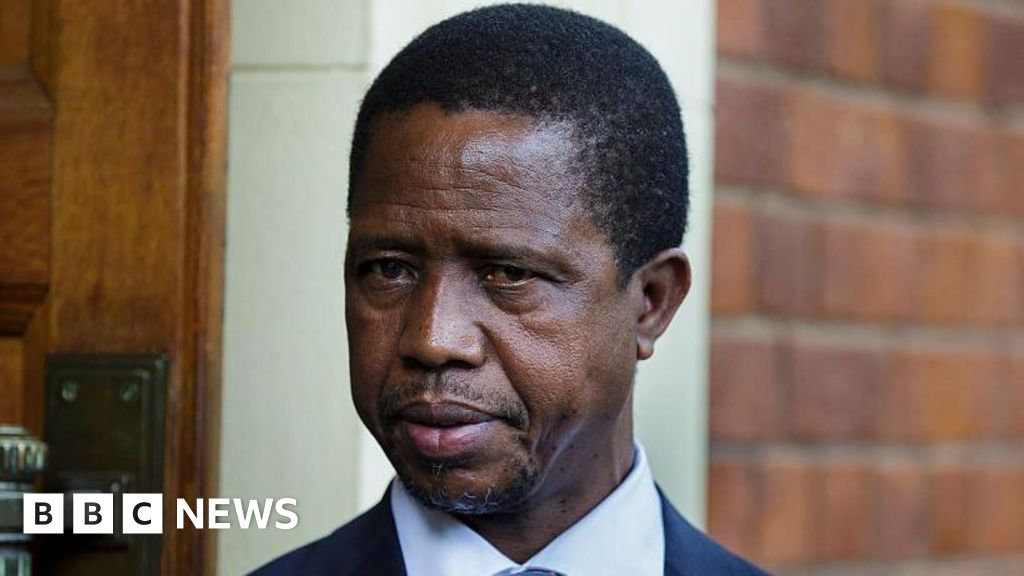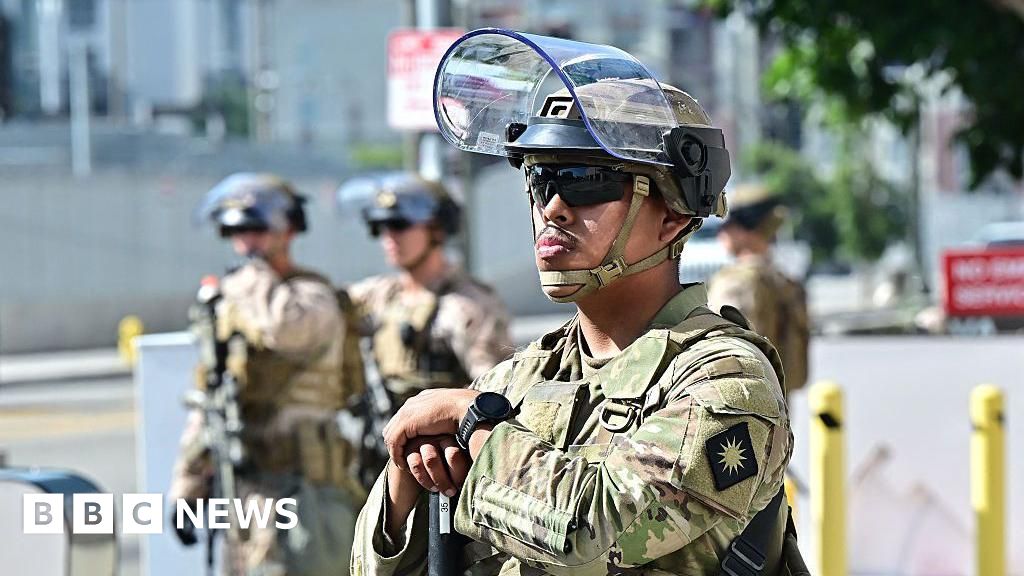Space junk and meteoroids are falling to Earth every year, posing a growing risk as they re-enter the atmosphere at high speeds. Researchers are using infrasound sensors to track these objects, including bolides, which are meteoroids breaking apart in the sky.
New research presented at the EGU General Assembly (EGU25) shows that infrasound signals can help track these objects, but the trajectory needs to be considered, especially for objects entering at shallow angles. This study highlights the importance of improving monitoring techniques for planetary defense and space junk management.
Every year, Earth gets a bit bigger. Thousands of metric tons of space dust fall from the sky, while about 50 tons per year of meteorites crash land somewhere on the surface. Since the 1960s, space junk has also occasionally returned to Earth, falling from a hazy sphere of trash encircling the planet. Remnants of rockets, tools lost by space-walking astronauts, defunct satellites, and more fly through lower Earth orbit, reaching speeds of 18,000 miles per hour.
When any item—whether space rock or space junk—enters the atmosphere, scientists try to track its path to estimate where it will land. Will the item in question plunk straight down, or will it fly along at an angle before skittering to a halt?
In a new study to be presented at the General Assembly of the European Geosciences Union, Elizabeth Silber, a scientist at Sandia National Laboratories, will consider how infrasound sensors—instruments that detect sounds at lower frequencies than humans can hear—listen for bolides. Bolides are the bright flashes and booms from large meteoroids breaking apart high in the sky. These events release huge amounts of energy, creating shock waves that travel as infrasound signals across thousands of kilometers.
But here’s the challenge: Bolides aren’t like explosions that happen in one place. They are moving, generating sound along their path as they travel through the sky. This movement matters, especially for meteoroids and space debris that enter shallow angles. In those cases, different infrasound stations might pick up signals coming from different directions, making it harder to pinpoint the source.
Motivated by this problem, Silber used a network of infrasound sensors around the world maintained by the Comprehensive Test Ban Treaty Organization (CTBTO), an organization tasked with listening for illicit explosions. These instruments also record anything else that claps or booms, from thunder to supersonic aircraft. Using signals specifically from bolides, Silber isolated the purely geometric component for her analysis.
She found that if a bolide enters Earth’s atmosphere at a relatively steep angle—greater than 60°—analysis of the infrasound signal gets the trajectory right. But when it comes more horizontally, the uncertainty increases.
“Infrasound from a bolide is more like a sonic boom stretched across the sky than a single bang,” Silber says. “You must account for the fact that the sound is being generated along the flight path.”
And so, this study highlights a critical need: to consider the trajectory of an object when interpreting infrasound data. Infrasound instruments are indispensable for planetary defense, according to Silber, and the findings are relevant to Earth-bound space junk. If you don’t know where something is going, then you have a hard time preparing for it.
More information:
Elizabeth Silber, Reducing uncertainties in bolide and space debris detection: The role of entry geometry in infrasound analysis (2025). DOI: 10.5194/egusphere-egu25-4030
Citation:
Space junk falling to Earth needs to be tracked—meteoroid sounds can help (2025, May 2)
retrieved 2 May 2025
from
This document is subject to copyright. Apart from any fair dealing for the purpose of private study or research, no
part may be reproduced without the written permission. The content is provided for information purposes only.

















